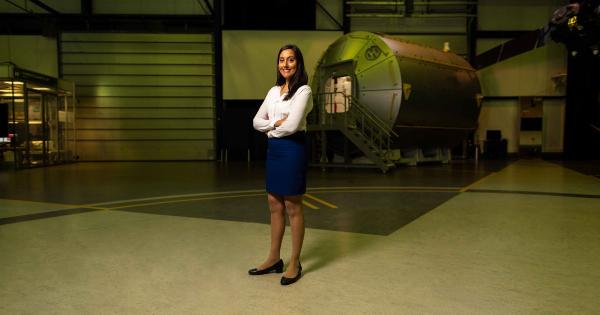Falling in love is a complex and incredible experience that most people in the world look forward to. However, one of the most challenging aspects of falling in love is determining how long it takes to transition from acquaintanceship to romantic love.
In recent years, researchers have delved deeply into this topic and have provided some insight into the duration of falling in love and what factors influence it.
The Science of Love
Love is one of the most thoroughly studied human emotions, and researchers have come up with many theories on how it works.
Studies suggest that the hormone oxytocin, known as the ‘cuddle’ hormone, plays a vital role in the formation of romantic attachments. Its release helps strengthen the bond during physical touch, cuddling, and sex. Dopamine, the hormone responsible for pleasure and motivation, also plays a role in attraction and desire.
Its levels surge during the initial stages of a relationship, when everything feels good, and fade over time, making way for a deeper connection.
The Duration of Falling in Love
According to a study conducted by Marisa T. Cohen, a psychologist, and researcher, most people start developing romantic feelings after three months of dating.
However, the duration of falling in love varies depending on various factors such as age, personality, and cultural background. According to the same study, people over the age of 60 tend to fall in love more rapidly than younger people. They were also found to idealize their partners more than younger adults.
Personality Traits and Falling in Love
Psychologists have identified several personality traits that play a vital role in how people fall in love. People who tend to be more neurotic, anxious, and avoidant take more time to fall in love than those who are more extroverted and open-minded.
In contrast, people who are more avoidant and less open-minded may fall out of love more quickly than their more open-minded counterparts.
Physical Attraction and Love
Physical attraction is an essential component of romantic love, and it often plays a vital role in how long it takes to fall in love.
According to a study published in PLoS ONE, the average person takes about four minutes to decide whether or not they are attracted to someone. Researchers found that facial features such as symmetry, size, and shape play a crucial role in the process of attraction. Additionally, posture, movement, and other physical attributes also contribute to the attraction process.
Commitment and Falling in Love
Commitment to a relationship is a crucial factor in how long it takes to fall in love.
According to a study published in the Journal of Social Psychology, people who are in committed relationships tend to fall in love more quickly than those who are not. Commitment fosters a sense of security, which makes it easier for people to open up and connect on a deeper level.
Additionally, people who are more committed to their relationships are also more likely to stay in love and report greater levels of satisfaction.
The Role of Culture in Falling in Love
Cultural factors also play a vital role in how long it takes to fall in love. Different cultures have different norms regarding dating and relationships.
For instance, in some cultures, relationships are arranged, and love is supposed to develop over time. In other cultures, there is no concept of falling in love. Instead, romantic relationships are based on mutual respect and long-term compatibility.
In cultures where love is an essential part of relationships, people tend to fall in love more quickly than those where it is not.
Conclusion
Falling in love is a complex and individual experience that varies from person to person.
However, research suggests that certain factors, such as age, personality, physical attraction, commitment, and cultural background, can influence how long it takes to fall in love. Regardless of the duration, falling in love is a beautiful and transformative experience that brings joy and happiness to people’s lives.



























